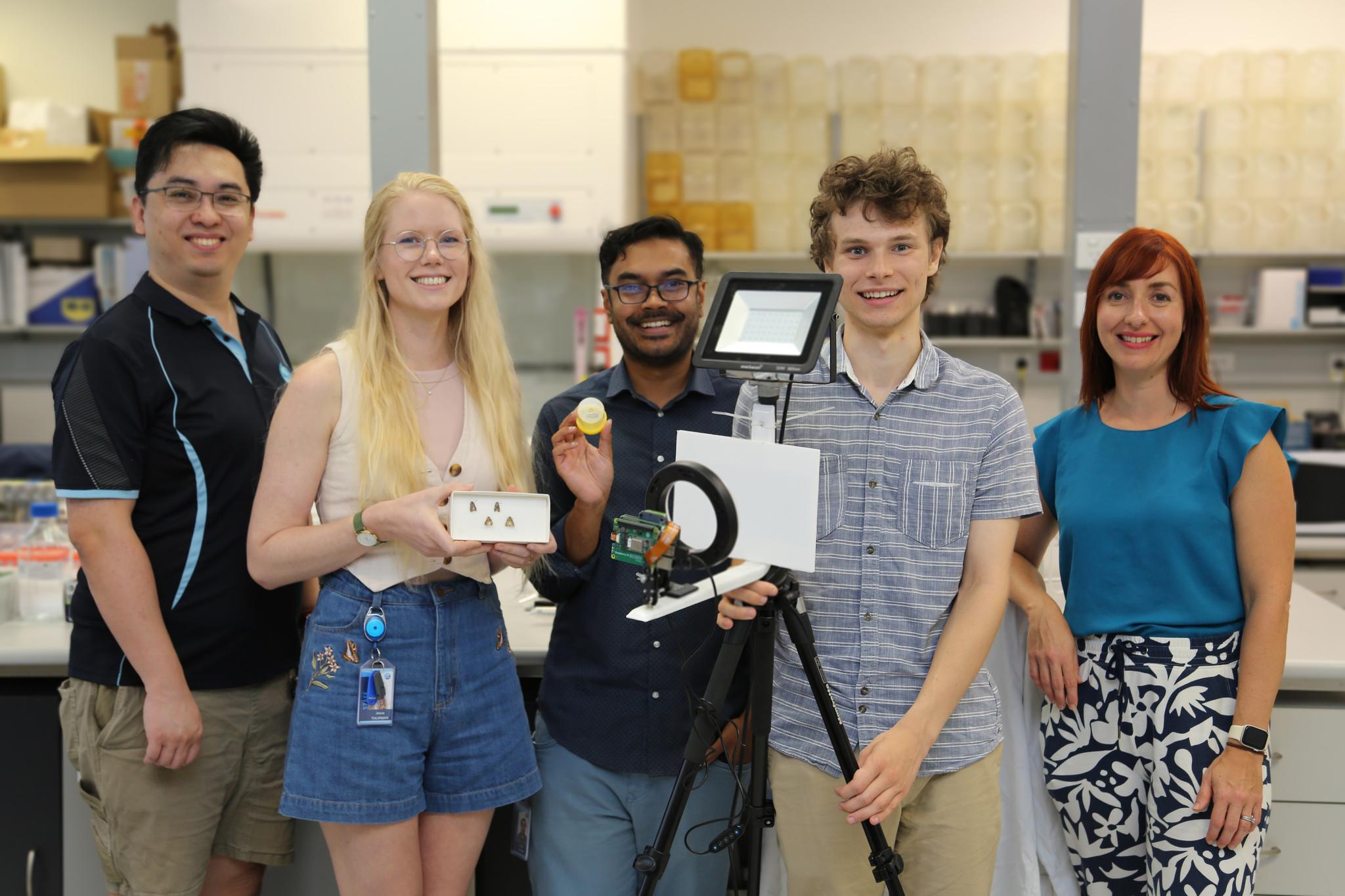Summer school a pipeline for innovators

The CSIRO Agriculture and Food Undergraduate Vacation Studentships program has given hundreds of aspiring scientists the opportunity to collaborate with leading CSIRO researchers.
Vacation students work on cutting-edge research projects that directly benefit the grains industry.
CSIRO senior research scientist Dr Hazel Parry, who chairs the 10-member committee running the program, says CSIRO accepts 16 to 20 students from universities across Australia each year.
The committee starts by assessing the suitability of potential projects submitted by CSIRO scientists every June and coordinates with sponsors, such as GRDC, on which to prioritise.
“They need to be challenging and interesting,” Dr Parry says. “It’s often something that may or may not work. It’s
new science, and it’s just trying to see what is possible and playing
around with ideas. We want students to really experience true scientific
discovery and be part of that.”
The program’s reputation for
excellence has grown over the years and competition is fierce, with
typically 10 applicants for every position when applications open in
July.
As well as offering a paid full-time placement for eight to 12 weeks over the Australian summer holidays, the program also supports travel costs.
AI-powered monitoring
A recent project undertaken by Bill Scott, who is studying a Bachelor of Science in Advanced Studies at the University of Sydney, focused on creating an AI-powered insect monitoring system.
It combines his two great interests – ecology and data science – and could revolutionise pest management for grain growers.

Mr Scott says he has been developing a method that automatically recognises insect pests.
“Growers can make decisions about insect pest management and better manage them, especially the really tricky pests, like fall armyworm,” he says.
The work involved raising moths in the lab and taking tens of thousands of photos to train the algorithm to differentiate between similar-looking species.
The idea is to place a unit in the field, attract moths with a UV light, photograph them and send notifications when a particular species is present.
Mr Scott says he has learned a lot from the experience. He worked with the multidisciplinary agroecology team in Brisbane and gained skills in project management, experiment design, managing data and how best to communicate with growers.
“The agroecology team has a really strong focus on working with growers closely, listening to them in terms of the things that they would use and want to see development in,” he says.
Other grains industry–related projects carried out in the summer of 2024-25 included research into deeper sowing of lupins, quantifying blackleg disease in canola, identifying the genes that regulate germination speed in canola, and the impact of predators on bacterial communities and plant health.
The program offers students more than just hands-on research experience, with workshops on presentation skills and scientific writing, panel sessions on careers, and a final symposium where they present their results to scientists across CSIRO.
Its impact also extends beyond immediate project outcomes, ensuring a pipeline of talent for CSIRO and other research organisations.
“At last count, there was about 20 staff who’d started their careers as vacation students within CSIRO Agriculture and Food and some of them are now our science leaders,” Dr Parry says.
GRDC has sponsored 17 placements since 2019.
This article appeared in GroundCover
